The Best Photoshop & Lightroom Books
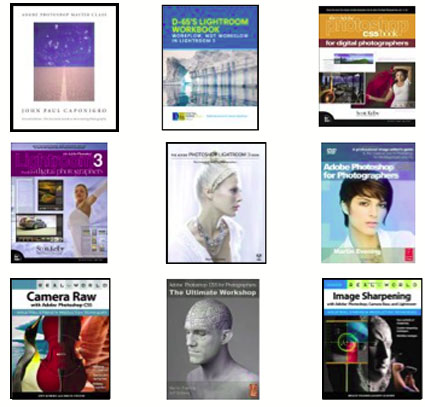
Find 9 of the best Photoshop CS5 and Lightroom 3 books among 33 great books on digital imaging. I personally recommend them all.
Get them here.

Find 9 of the best Photoshop CS5 and Lightroom 3 books among 33 great books on digital imaging. I personally recommend them all.
Get them here.
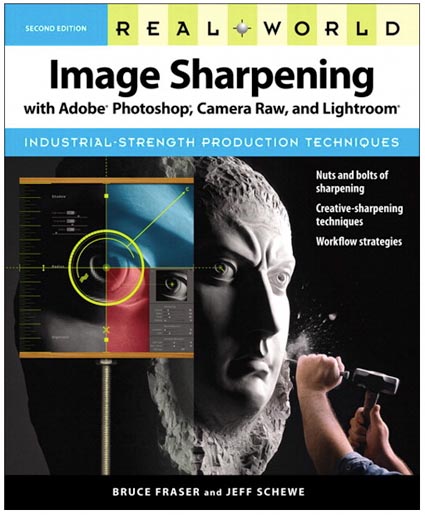
The best book on sharpening in the industry just got better.
Bruce Fraser’s Real World Sharpening was seminal.
Now the second edition is even better thanks to Jeff Schewe’s contributions.
The session at PSW this morning was … well … sharp!
Get the book!
Get a full list of Photoshop World cobloggers here …
Read More

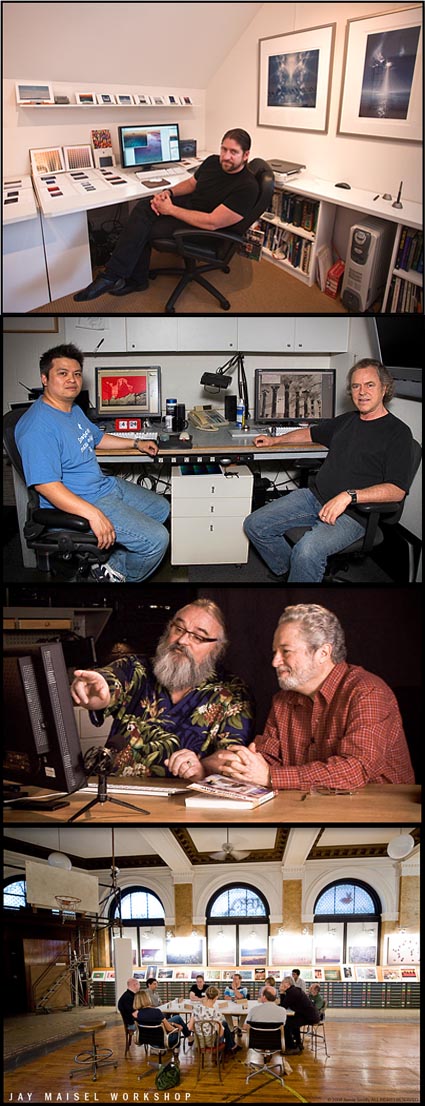
–
Who else uses NEC monitors? These guys – Schewe, Holbert, and Maisel.
These guys also use NEC – Holbert, Schewe, and Maisel.
In 1989 when we started Nash Editions … there was no expectation that the screen would accurately represent how the image would translate to paper but it did provide direct control over our output.
With the release of Colorsync in 1993 color management slowly became more and more accurate. By 2000 we were working on calibrated CRT’s that provided us with a nominally accurate representation of our printed images. Finally in 2003 we acquired 2 Sony Artisan CRT’s and we experienced an unmatched level of on-screen accuracy. As the Artisans neared their end of life we realized that replacement displays would not be CRTs. Since then we have replaced all our mission critical displays with NECs. We find that they provide us with an unparalleled level of color accuracy and angle of view. – R Mac Holbert
For the Camera Raw video tutorial, I chose to use the NEC LCD2690WUXi because it had the right combination of resolution, wide screen display, wide color gamut and yet extremely accurate profiling so I could rely upon what I saw on the display. I use it day in and day out and it’s proven trustworthy… As a visual artist, everything depends upon what I see. – Jeff Schewe
I just want the rest of the process between shooting and presenting work to be accurate and simple. That is what I like about the NEC MultiSync LCD2690WUXi monitors we use at my studio. – Jay Maisel.
Find out more about what they have to say here.
Read my conversation with Will Hollingworth (Senior Manager – Product Development for NEC) here.
See the monitors in action in my workshops.
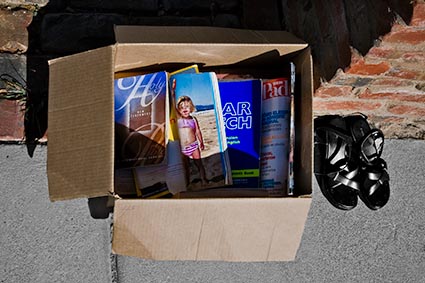
Last night presenters at the Epson Print Academy (Caponigro, Gorman, Holbert, Resnicki, Schewe) attended a gallery opening in downtown Seattle at the Benham Gallery showcasing images by members of their own ranks – Mac Holbert and Dan Steinhardt. Also on display were works by Robert Wade and Esther Sirotnik. Also in attendance was permanence expert Henry Wilhelm. Not surprisingly, the gallery talk quickly moved from early inspirations to a spirited discussion of process and permanence. “Giclee is meaningless!” “Archival is meaningless and no longer used by the ISO!” “C prints are no longer considered for collection by the Getty! They fade too fast!” “Color is now permanent!” You’ve got to see and hear it to believe it. What’s worse than being in a room with an expert? Being in a room with ten experts. Seriously though, it’s always interesting.
Mac Holbert described what it was like to leverage his 18 years of experience printing other people’s work when printing his own work several years ago for his first exhibit and more recently for this follow up. Dan Steinhardt also made interesting comments about why he chose to ask Mac Holbert to print for him. After a lifetime in photography, first as a photographer, then as a marketing expert for both Kodak and Epson, and recently in the last 5 years becoming more active in making his own images, he still decided to have an expert make the finest possible prints from his images. It’s an interesting decision that every photographer faces. Do you make your own prints? Do you have the time and knowledge base to do this? Or do you enlist master printmakers to make prints for you – a time honored tradition both within and without photography. Do you have the financial resources to enlist them and are you willing to engage in a collaborative process? There’s no right answer. It’s an individual decision. And you may make different decisions at for different projects and at different times in your life.
Mac also shared a story about his work. In the image above, he saw the Bible and the little girl when he made the exposure. But he didn’t see the ironic 666 written on the box in pencil until he made the print. So often, new things come to light when you make prints of your images.
The exhibit Placement of Place is on display from January 7 to February 14.
Find out more about Mac Holbert here.
Find out about the Benham Gallery here.
Improve your printing skills at the Epson Print Academy.
Learn to make master prints in my workshops.

My Epson 9900 just arrived. I’ve been using the 7900 at the Epson Print Academy. What’s new? Incredible yellows and oranges with improved blues. The best dot structure ever, better than my 11880. Great detail and smooth gradations. Epson HDR ink isn’t a quantum leap but it is a signficant evolution.
Stay tuned for more details.
See the 7900 in action at the Epson Print Academy.
The Epson Print Academy is in Seattle tomorrow.
Henry Wilhelm will make a special appearance.
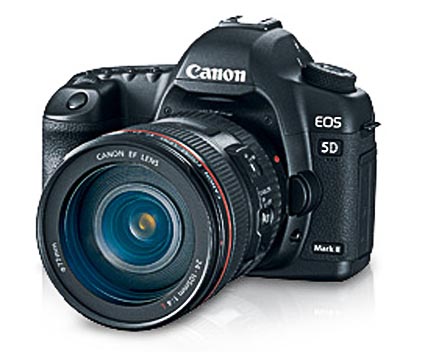
Today, I’m flying to Argentina to catch a boat to Antarctica! What’s my go to camera for this trip? My new Canon 5D Mark II. On trips like this, I always take a backup camera; things happen. And in this case, I know the shooting will sometimes be so fast that it’s one of the few times I shoot with two cameras around my neck; one long lens (100-400 mm) and one short (28-135 mm). What’s my backup camera? My Canon 1DS Mark III. I’m excited about the 5D Mark II being lighter, 22 mp, high ISO, low noise, and capable of making HD video. When I first got started in digital a DSLR that outresolved medium format film seemed inevitable, but a long way off; it’s been a reality for years now (12 mp). Similarly, it was clear that one day DSLRs would be capable of taking video; that day is finally here. Add to this ISO’s exceeding 5000. And extremely low noise.
This all adds up to continuing to reconsider basic assumptions about how you can make images and what you can do with them; color or black and white, in high contrast situations, after dark, in multiple pieces, print them at extreme scales, post them, post video. It’s a constant
There’s already been a lot said about the new technical specs of the Canon 5D Mark II.
Get the basics at Canon here.
Check out Syl Arena’s 5D Mark II posts here and here. And here.
Check out Ben Wilmore’s impressions of the 5D Mark II.
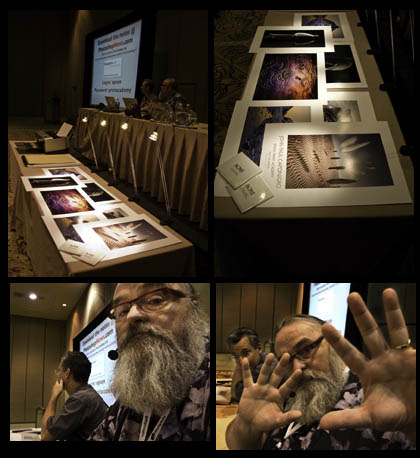
Everyone had a good time at the Epson Print Academy today. We always do.
This special half day version of the Epson Print Academy Track Two for Photoshop World runs lean and fast with fantastic content by Photoshop Hall of Fame Inductees – Andrew Rodney, Jeff Schewe, and John Paul Caponigro.
Rodney Color Management
Schewe Image Optimization
Rodney Printing to an Epson Printer
Schewe Advanced Black and White
Caponigro Fine Art Printing – Performance Printing & The Art of Proofing
The handouts (for attendees only) are phenomenal. They’re electronic! So they’re green (no wasted paper), accessible anywhere, portable, with no limit to length, able to accomodate many file types (text, images, actions), and frequently updated. After you attend, you can always get the latest versions.
But wait, there’s more! Bonus prizes are often given to a few lucky attendees, like prints by Schewe, posters and DVDs by Caponigro … sometimes printers are even given away.
If you were there, tell us about it. Comment!
The Epson Print Academy is gearing up for a national tour again.
Stay tuned for important announcements at the end of the month.
Check out upcoming Epson Print Academy dates here.
Check out Schewe’s Photoshop News here.
Check out Rodney’s DigitalDog.net here.
Check out all of our books here.
Check out my free printing downloads here.
Check out my DVDs here.
Check out my workshops here.
Check out cobloggers coverage of PSW at the links below.
Corey Barker
John Paul Caponigro
Dave Cross
Laurie Excell
Martin Evening
Scott Kelby
Matt Koslowski
Deke McClelland
Joe McNally
John Nack
Moose Peterson
Jeff Schewe
Colin Smith
Ben Willmore
David Ziser
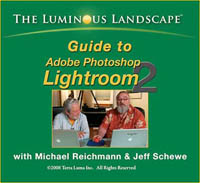
Then get this download.
Find books I recommend here.
If you’ve viewed this download tell others what you think here.
Comment!